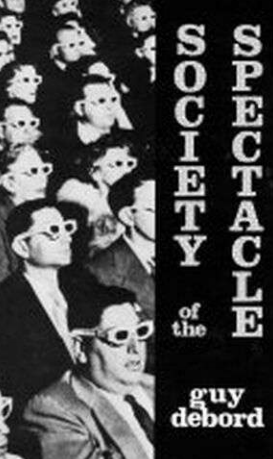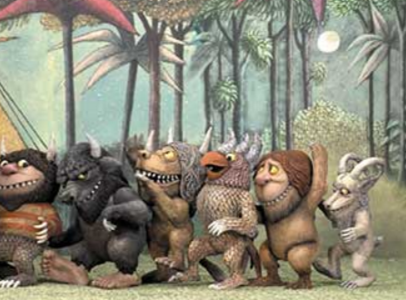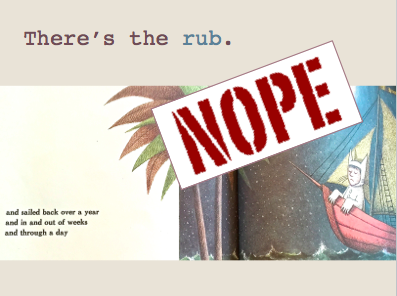(this post is cross-posted from #Antigonish2.com)
***
Welcome to Antigonish 2.0.
#Antigonish2 is about community capacity-building through a lens of citizenship and media literacies. It’s a global, networked project, working to build an open resource hub AND a model for community adaptation…anywhere, anytime.
It’s based in the pioneering adult education tradition of the Antigonish Movement, rooted here in Maritime Canada.
#Antigonish2 started as a grass-roots response to a blog post in late 2016. The term “fake news” was gaining currency and the role of media / social media in contemporary democratic processes and outcomes was becoming visible. Just as the Antigonish Movement focused on people exerting collective action within and on the structures shaping their society, #Antigonish2 focuses on the structures shaping ours.
It’s a three-layer global/regional/local model for working together to address the current information ecosystem:

The #Antigonish2 network now has more than 80+ members (updated: 125+) from all over the world. We’re working on grants and on building our visibility and capacity. We want to encourage both individuals and institutions to join in this vision of working together to build media & civic literacies.
 In exchange for keeping Slovak workers out the war effort, they agreed to deport their Jewish population, whose roots in Slovakia went back 500 years. In the deal, the “
In exchange for keeping Slovak workers out the war effort, they agreed to deport their Jewish population, whose roots in Slovakia went back 500 years. In the deal, the “



